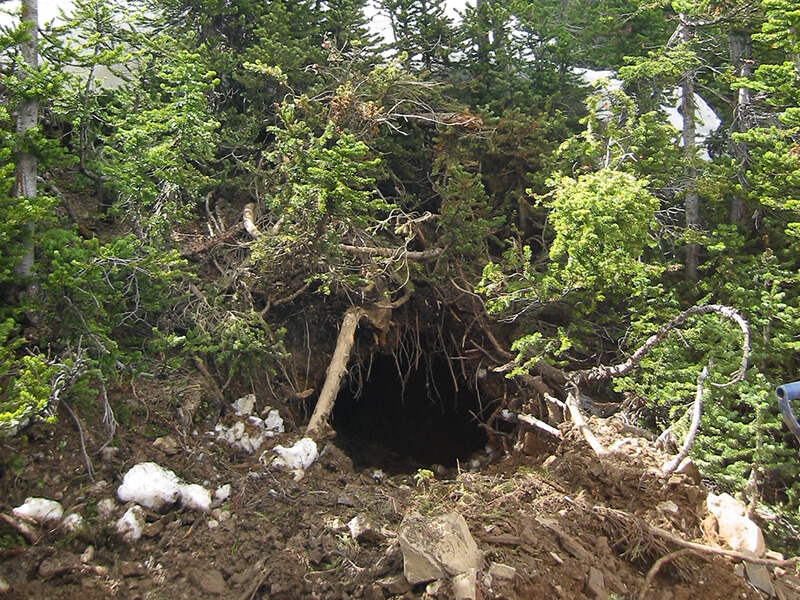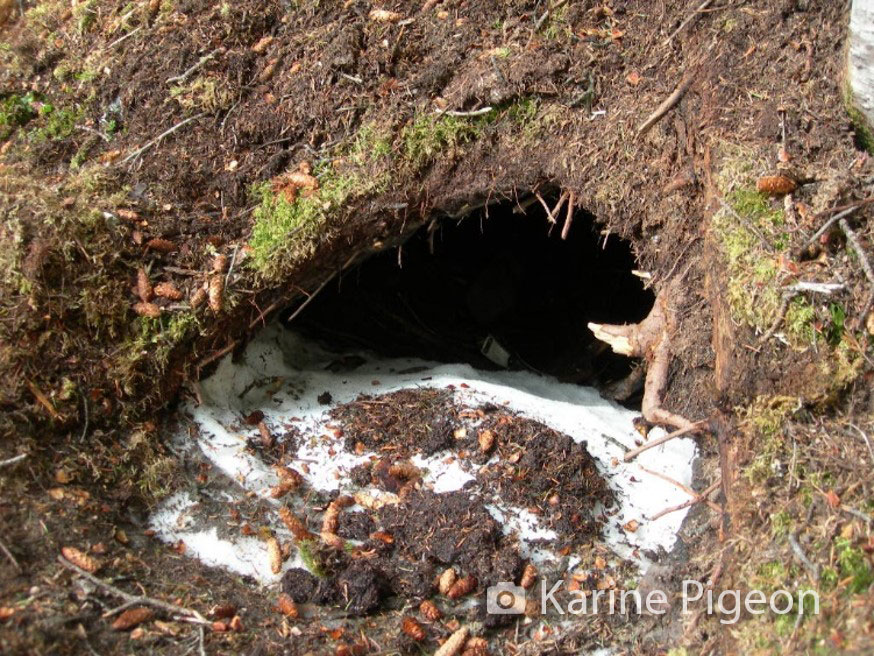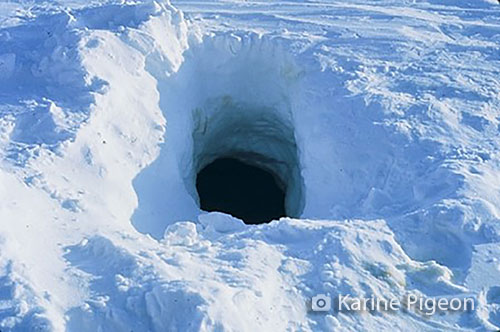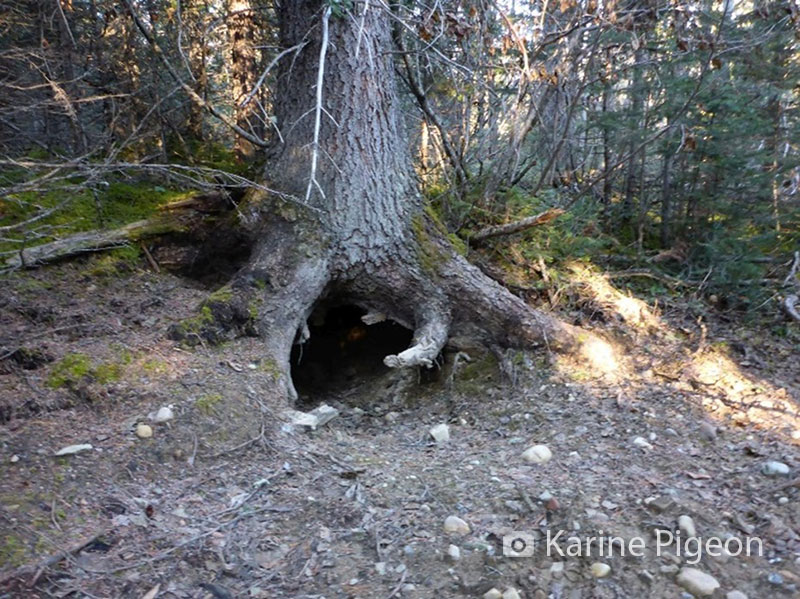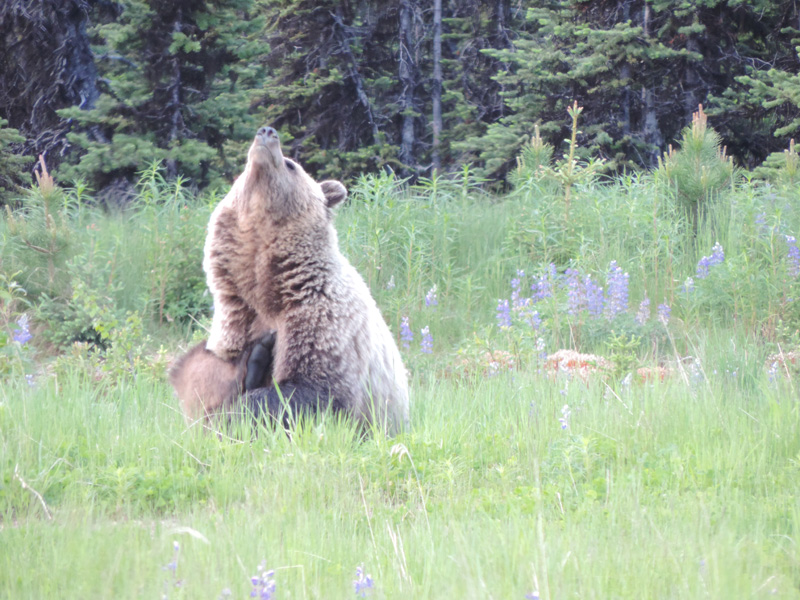
Abstract
Background
Most biological functions are synchronized to the environmental light:dark cycle via a circadian timekeeping system. Bears exhibit shallow torpor combined with metabolic suppression during winter dormancy. We sought to confirm that free-running circadian rhythms of body temperature (Tb) and activity were expressed in torpid grizzly (brown) bears and that they were functionally responsive to environmental light. We also measured activity and ambient light exposures in denning wild bears to determine if rhythms were evident and what the photic conditions of their natural dens were. Lastly, we used cultured skin fibroblasts obtained from captive torpid bears to assess molecular clock operation in peripheral tissues. Circadian parameters were estimated using robust wavelet transforms and maximum entropy spectral analyses.
Results
Captive grizzly bears housed in constant darkness during winter dormancy expressed circadian rhythms of activity and Tb. The rhythm period of juvenile bears was significantly shorter than that of adult bears. However, the period of activity rhythms in adult captive bears was virtually identical to that of adult wild denning bears as was the strength of the activity rhythms. Similar to what has been found in other mammals, a single light exposure during the bear’s active period delayed subsequent activity onsets whereas these were advanced when light was applied during the bear’s inactive period. Lastly, in vitro studies confirmed the expression of molecular circadian rhythms with a period comparable to the bear’s own behavioral rhythms.
Conclusions
Based on these findings we conclude that the circadian system is functional in torpid bears and their peripheral tissues even when housed in constant darkness, is responsive to phase-shifting effects of light, and therefore, is a normal facet of torpid bear physiology.
Access the full article (open access) here.
Citation
Jansen, H. T., Leise, T., Stenhouse, G., Pigeon, K., Kasworm, W., Teisberg, J., Radandt, T., Dallmann, R., Brown, S., & Robbins, C. T. (2016). The bear circadian clock doesn’t ‘sleep’ during winter dormancy. Frontiers in Zoology, 13(42). doi:10.1186/s12983-016-0173-x








